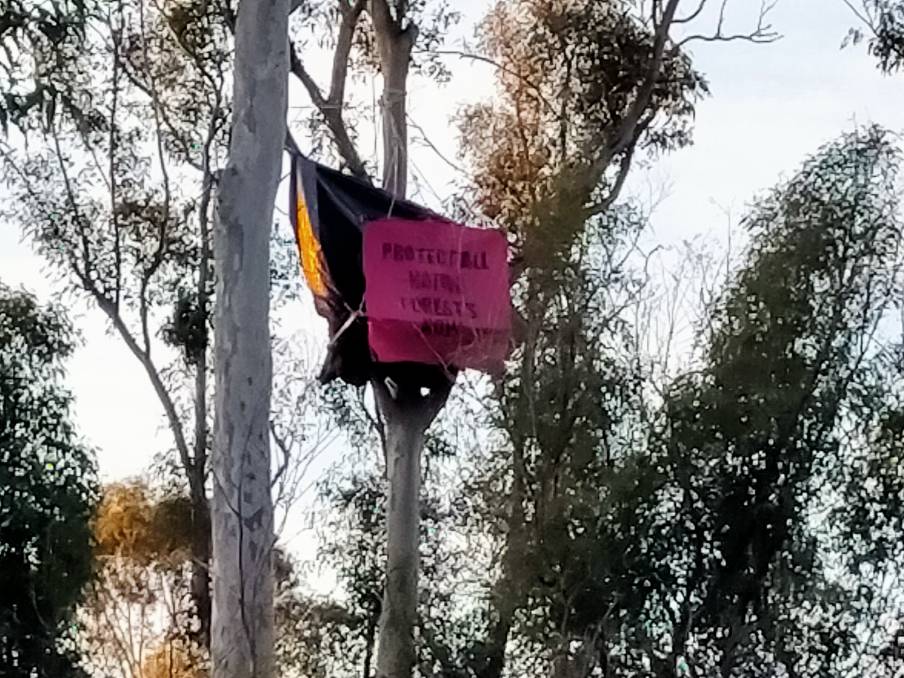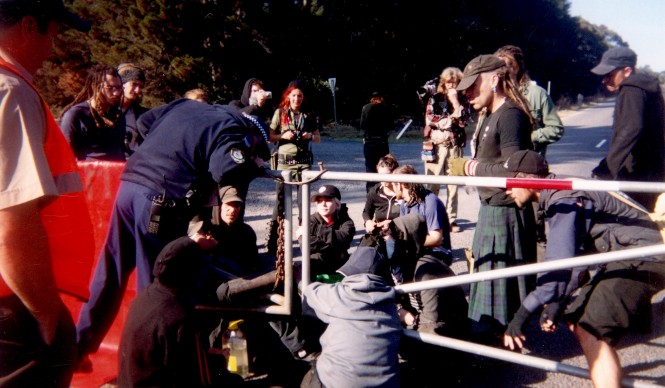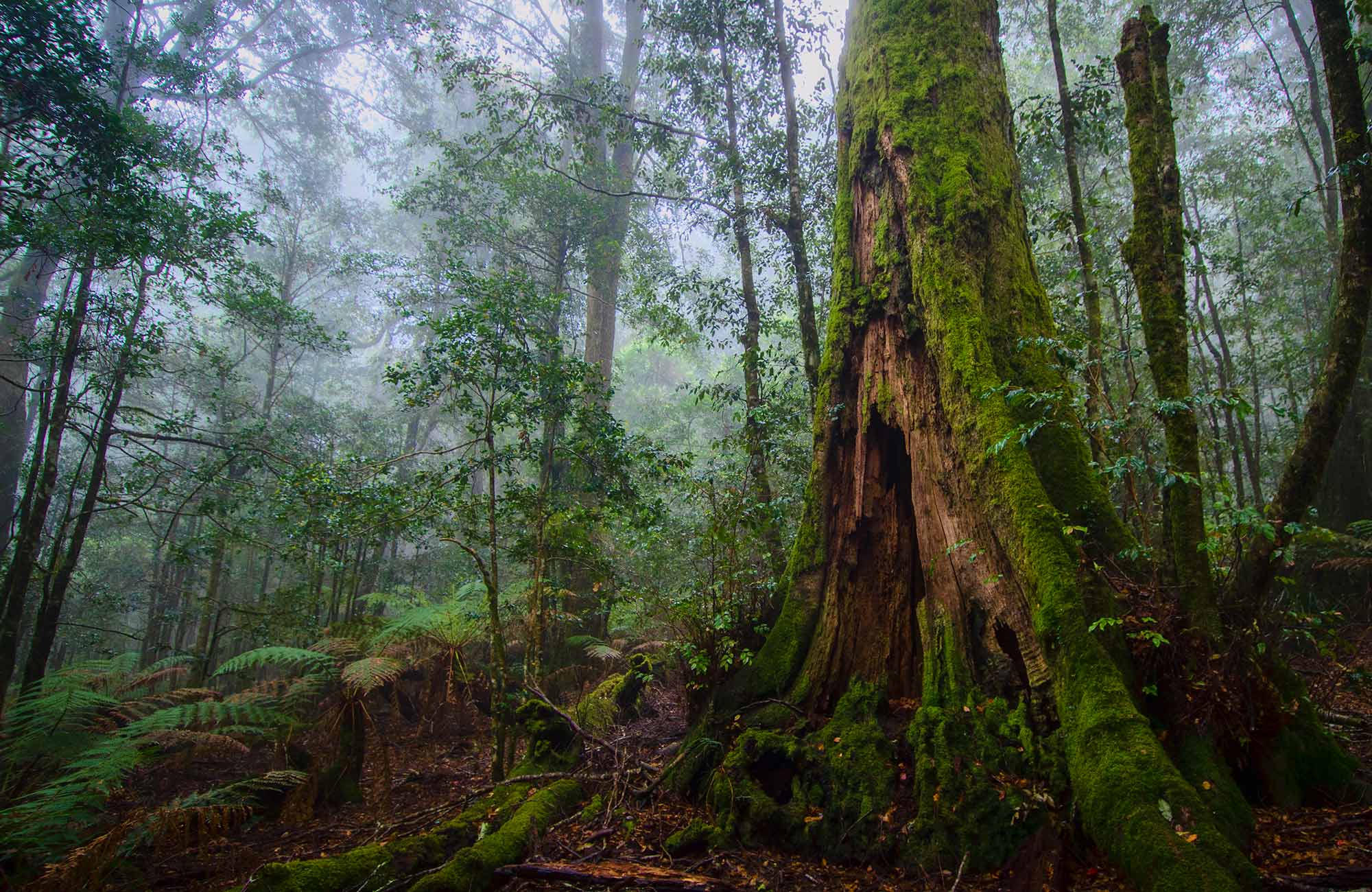ACTIVISM
Activists have been campaigning against the harvesting of native forests in Australia for over 35 years. Initially, campaigns involved direct action protest in the forests. These actions were to gain mass media attention, hence public support to apply political pressure, to promote the transfer of state forests to national parks.
The more dangerous the stunts and the more doomsday the claims, the more mass media attention gained. If the claims made by the activists are true, why has it been necessary over the past 15 years to broaden the campaigns to target manufacturers using logs from native forest to make furniture, flooring and paper? Retailers have also been targeted.
Under the protection of the Competition and Consumer Act 2010, the current campaign strategy includes:
- Threatening retailers and where necessary undertaking in store protests;
- Making false and misleading statements about forest operations to gain donations from an ill-informed public; and
- Engage in lawfare against forest managers and value adding businesses to increase operational and new development costs.
DANGEROUS AND UNLAWFUL PROTESTS
Since forest protests began at Terania Creek in northern NSW in 1979, direct action protests have been a feature of anti-forestry campaigns. During that time, activists have constantly referred to this activity as non-violent direct action. To support their claim, from time to time footage of a timber industry worker would appear on our TV screens, to reinforce the perception that activists are peaceful and the timber industry workers are prone to violence.
During the 1990’s leading activist organisations began to systematically document incidents to demonstrate patterns of violent behaviour. During a conference in Sydney in 1995 the speaker addressing this issue received a round of laughter when the rhetorical question, “We don’t provoke them, do we?” was put to the audience. Given violence takes many forms, why the description “not violent direct action” is a myth, when it comes to the anti-forest activist movement, will be the subject of several articles on this site.
Unsafe Forest Protests Result in Tragedy
In October 2013, John Creighton, a Forestry Corporation of NSW staff member died after being injured at a harvesting operation near Whian Whian in northern NSW. John was on duty at the worksite to help manage the safety of unlawful protestors. The South East Timber Association extends deep regret to John’s widow Barbara and family following the loss of John. In a speech made to the NSW parliament on 5 May 2016, the Hon Robert Brown places the coroners report dated 15 February 2015, on the public record over a year after the report was completed.
Forest protests often involve road blockades, using steel cable, rocks, logs and other debris. There is often a total disregard for the safety of road users.

DANGEROUS AND UNLAWFUL PROTESTS
Download case studies and submissions here

HOW DO ENVIRONMENTAL NGOs USE THEIR CHARITABLE STATUS?
A number of “environmental” nongovernment organisations (ENGO) are registered charities. As they parade under a conservation banner and have charitable status, a reasonable person might assume that they undertake environmental works, such as revegetation projects or feral pest control. One might also assume that they undertake some form of charitable works. Unfortunately, the following case study on the Australian Conservation Foundation, a multimillion business paints a different picture.
While some “environmental” charities do whatever it takes to secure revenue, others choose litigation as a charitable activity. In 2013-14, a Victorian “environmental” charity, MyEnvironment had total income of $30,072.81. In 2014-15, declared income plummeted to $20. In that same year, the Victorian Supreme Court issued an order that stated that the costs to be paid to VicForests by MyEnvironment were assessed and allowed the sum of $1,235,500.
ACTIVISM IN THE FORESTRY INDUSTRY
Download case studies and submissions here
ACTIVISTS & GREEN MYTHS
- MYTH 1 –
Protestors Engaged in Direct Action Protests are Always Peaceful and Non-Violent.
Non-violent direct action protest is a myth that hard-line environmental charities have promoted for over 30 years. Compliant journalists have rarely reported the reality that direct action protests often involve varying levels of harassment, intimidation and abuse by some of the participants. While the worst behaviours of the protestors have rarely been captured on video, the following document does provide some useful myth busting footage..
- MYTH 2 –
Save Trees – Use Hemp to Make Paper
For over 30 years, anti native forest harvesting activists have claimed hemp to be the best alternative to the use of native forest sourced woodchips. According to the Lilydale & Yarra Valley Leader, in May 2016, activist Faerie Fox said: “she believed hemp was the answer to the paper debate, saying it could be grown on farmland throughout the nation and produce paper more efficiently than any other means.” Like many activist solutions, after sifting through the green smoke haze it appears that this simplistic solution fails the reality test.


